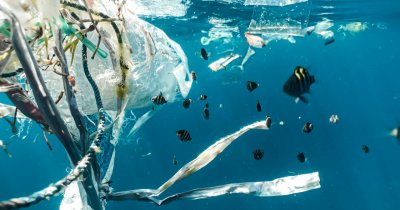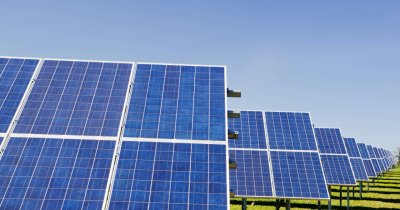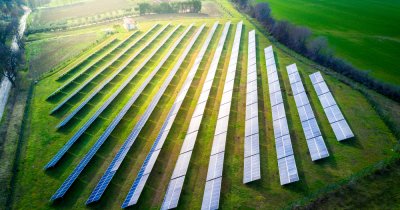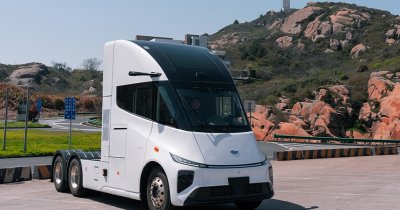According to Oil Gas Daily, Spain was the second country in the world when it comes to green hydrogen projects, following the US, as the Western European country has 20% of the projects worldwide.
Rafael Cossent, research associate professor in energy economics at Comillas Pontifical University in Madrid, said that "a lot of countries are interested in green hydrogen, but in Spain the sector has rapidly accelerated."
While the green hydrogen sector is still very much a new one, the conflict taking place in the Eastern side of Europe accelerated its development, as the EU looks to double its green hydrogen output by 2030 in order to become more energy independent of Russia.
Ursula von der Leyen, chief of the EU, said that "Spain has become a very attractive country for green hydrogen. A shift is happening to mass-scale competitive hydrogen".
Green hydrogen is obtained with electrolysis, a process which implies driving electricity through water, which separates the hydrogen molecules from oxygen ones.
Using hydrogen as a fossil fuel replacement is much cleaner, since it only releases harmless water vapors, and the technology is part of the EU's efforts to become climate neutral by 2050.
Green hydrogen can be used to power vehicles, such as cars, buses and even planes, but it can also be used in other industries, including agriculture, as a fertilizer.
The Spanish government launched last year a 1.5 billion euro project in order to support green hydrogen production over the next three years.
This investment means that Iberdrola will receive 53 million euros from EIB and 35 million from ICO, and the fundings should help the company produce green hydrogen for a more secure energy sector.
 Mihai - Cristian Ioniță
Mihai - Cristian Ioniță












Any thoughts?